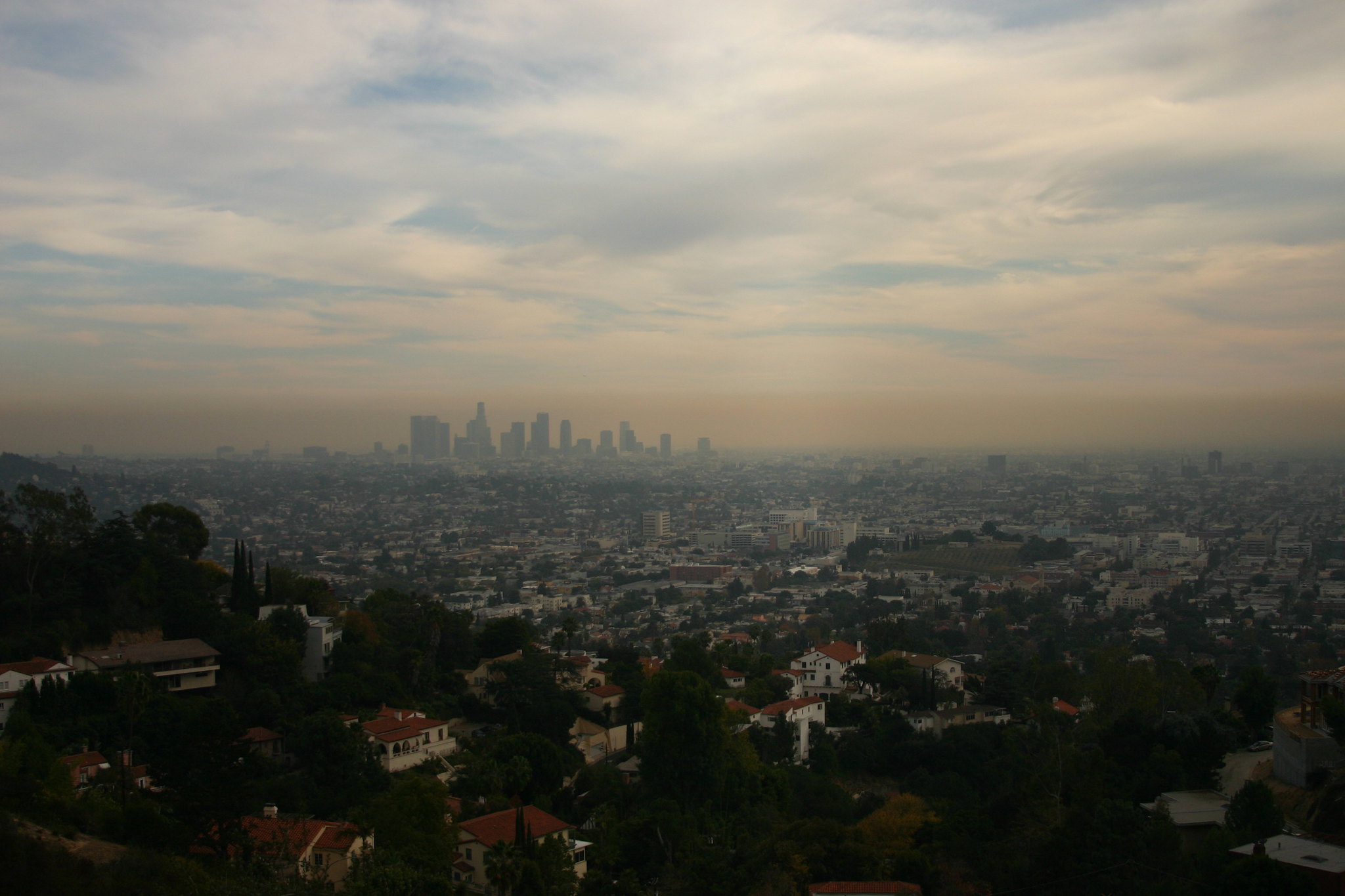Why smog standards are important for our health

Nearly 40 percent of Americans live in areas with unhealthy levels of smog pollution.
What is smog?
Across many major cities, a hazy brown soup of pollution hangs over the skyline, especially in the warmer months. This is smog, known more specifically as ground-level ozone.
Smog is formed when industrial emissions from power plants, factories, cars, and other sources react with heat and sunlight in the atmosphere.
Why is it harmful?
When inhaled, smog irritates our airways, increasing our risk of serious heart and lung diseases. These health risks are why many cities monitor smog levels. On a high ozone-alert day, for example, your eyes and throat may burn, and you may cough and wheeze.
Reducing smog will protect all Americans — especially our kids, older adults and people active outdoors.
How can you help fix it?
Every five years, the EPA reviews air quality standards in light of any new medical evidence, and makes updates, if appropriate. A 2015 review lowered the nation's air quality standard for smog pollution from 75 parts per billion (ppb) to 70 ppb.
EDF fought to get those standards implemented. Now there is strong evidence that we need a more stringent standard to protect public health. We will fight for those too — but we need your help.
Staff perspective
The science on ozone's health effects is rock solid.
Elena Craft, former Senior Health Scientist
EDF
MEDIA CONTACT
Sharyn Stein
(202) 905-5718 (office)










